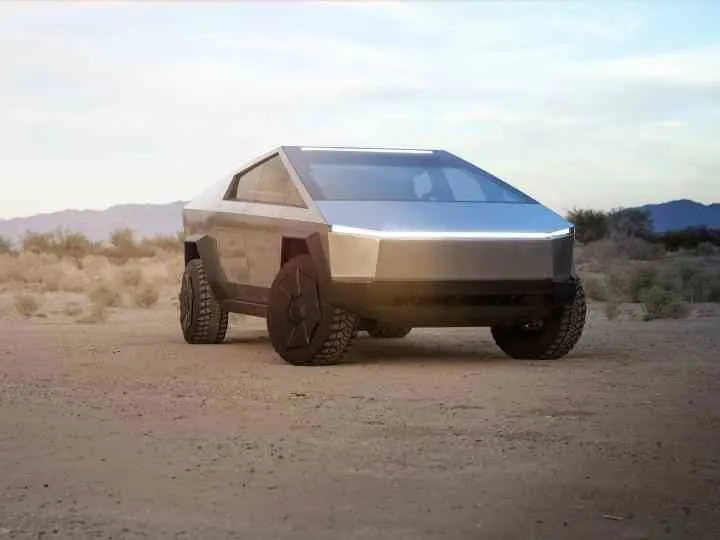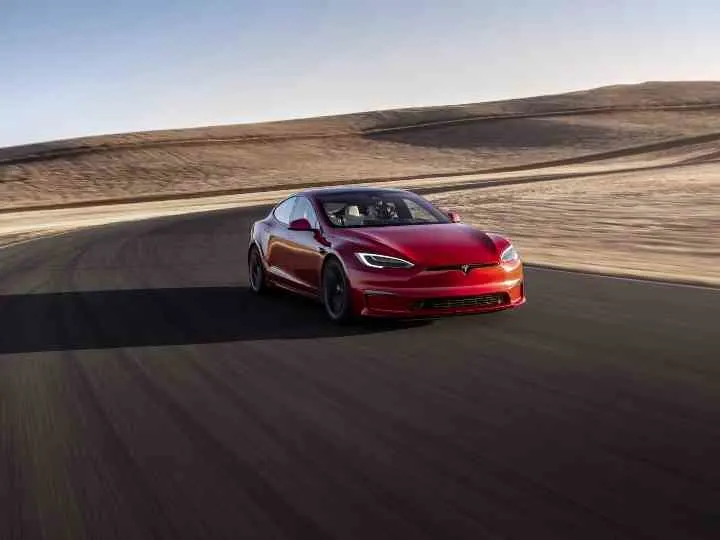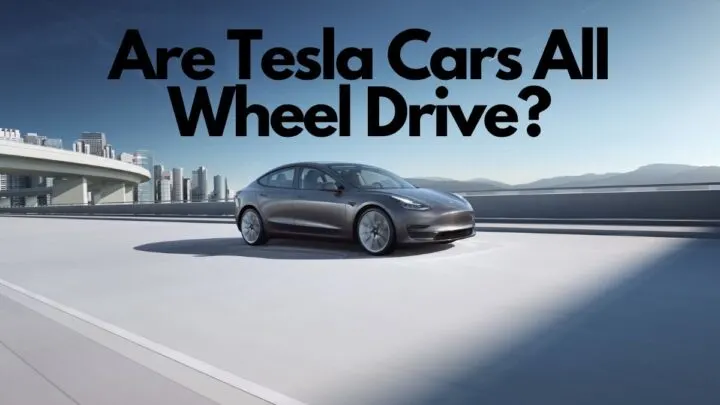You may have heard of the immense benefits of all-wheel drive cars over rear-wheel ones.
And you’ve probably also heard all of the great things about the innovative, all-electric Teslas.
If you’re wondering whether all Teslas are all-wheel drive, here’s the answer.
Not all Tesla cars are all-wheel drive (AWD). Some editions, such as the older Tesla Model S, have a rear-wheel-drive (RWD) option. However, most of the latest models are All Wheel Drive (AWD). Some budget models, such as the single motor Cybertruck, are still RWD.
AWD has independent motors for minimal maintenance and better durability.
Additionally, Teslas digitally controls the torque to the front and rear wheels for improved handling and traction control.
Let’s have a look at the powertrains of some Tesla models.
Tesla Car Models: AWD vs. RWD
Tesla Model S
All Tesla Model S cars have the AWD system. The Long Range Model S has an AWD, 405 miles between charges, and can accelerate from 0-60mph in 3.1 seconds.
The plaid model has an AWD, 396 miles between charges, and can accelerate better from 0-60 in 1.99 seconds.
Tesla Model X
The Model X is purely AWD with the Long Range trim having an AWD, 360 miles between charges, and can accelerate from 0-62mph in 3.8 seconds.
The plaid model has an AWD, 340 miles between charges, and can accelerate from 0-62 in 2.5 seconds.
Tesla Model 3
The Model 3 is an affordable version of the Model S but still has impressive features such as autopilot and a ton of driver-assist features. For this model, you’ll have an option to select between the Standard Range Plus, The Long Range, and the Performance trims.
The Standard Range is a rear-wheel-drive (RWD) car with 262 miles between charges and a weaker acceleration of 0-60mph in 5.3 seconds.
The Long Range Model 3 has an AWD, 353 miles between charges, and can accelerate from 0-60mph in 4.2 seconds.
The Performance Model 3 has an AWD, 315 miles between charges, and can accelerate better from 0-60 in 3.1 seconds.
Tesla Model Y
The Tesla Model Y is the company’s compact SUV line. It’s purely AWD with the Long Range trim boasting 315 miles between charges and can accelerate from 0-60mph in 4.8 seconds. The Performance trim has an AWD, 303 miles between charges, and can accelerate from 0-62 in 3.5 seconds.
Tesla Cybertruck

Though currently not under mass production, the Tesla Cybertruck has three trims.
The Single Motor RWD offers 250 plus miles of battery charge and can accelerate from 0-60 in less than 6.5 seconds.
The truck will also feature two AWD models; the Dual Motor and the Tri-Motor.
The Dual Motor AWD offers 300 plus miles between charges and a 0-60mph acceleration in less than 4.5 seconds.
The pricier Tri-Motor AWD offers 500 plus miles between charges and a 0-60 acceleration in less than 2.9 seconds.
Tesla Roadster
Marketed as the quickest car globally, the Tesla Roadster is an AWD sports car with an excellent electric range of 620 miles and an impressive 0-60mph in 1.9 seconds.
What’s All-wheel Drive?
It can be challenging to differentiate between all-wheel drive (AWD) and four-wheel drive (4WD) as they’re pretty related.
And, with a growth in vehicle sophistication, the line between AWD and 4WD is getting blurrier.
Tesla cars have complicated AWD systems that don’t require a driver’s input to work. The vehicles have driving modes that allow drivers to adjust and direct power to specific wheels.
We have two types of all-wheel drive: The part-time AWD and the full-time AWD.
Part-Time AWD
The part-time AWD sends torque to either the front or rear wheels in normal driving conditions, but not both depending on the model. Additionally, the AWD vehicles engage the other two wheels when more traction is necessary.
And unlike traditional AWD systems, most present-day AWD cars use sensors that inform their electronics on how the road is. Your car will then respond by either reducing or increasing power to one or more wheels to increase the traction.
Full-Time AWD
Full-time AWD uses both the front and rear axles to deliver power to all four wheels. The effect is that you’ll have additional leverage and traction. And it’s more efficient on snowy or slippery roads.
AWD is necessary for all Tesla vehicles regardless of the system since the driver doesn’t struggle to adjust the system to suit their driving style.
For some cars, either the system is designed as a full-time AWD or a part-time AWD.
How Do Tesla All-Wheel Drive Handle in the Snow

We’re always advised to turn off any cruise control or adaptive cruise control and traction features in our cars while driving in the snow.
The reason is that vehicles have less traction and will tend to slide while driving on the snow.
The cruise control or adaptive cruise control can’t tell how slippery the road is and might even cause your car to accelerate. You’ll then end up in a ditch, or your car spins all over the road.
But what about self-driving or autonomous vehicles such as the Teslas? How do their all-wheel-drive perform in the snow?
Tesla is a pioneer in self-driving electric vehicles. Their cars have battery packs on the car’s floor, which, when combined with a range of traction control systems, gives the car a low center of gravity.
Additionally, Teslas have excellent traction in the snow and can power all four wheels at different speeds to maintain their trajectory.
Conclusion
Drivers who live in cold countries know of snow’s devastating effects on the roads. It creates immense driving challenges as your car will have minimal traction, and you’ll experience problems going uphill and while braking.
It’s for such a reason that Tesla engineers most of their vehicles to be AWD.
With an AWD, you’ll have better traction in slippery roads and less chance of spinning or drifting while changing lanes or cornering.
However, AWD is more sophisticated than RWD or 4WD, and you’ll end up paying more to get an AWD-powered Tesla car.
